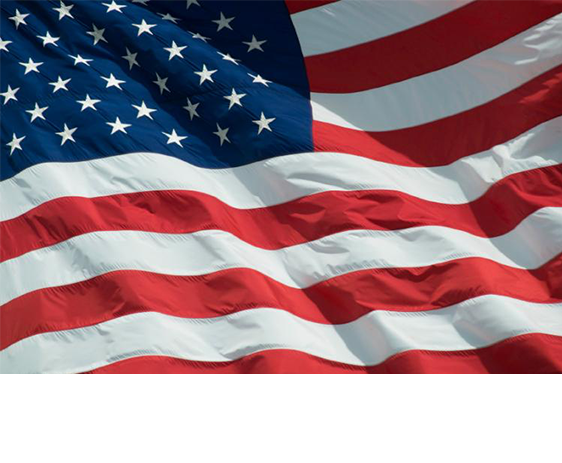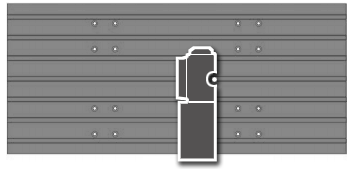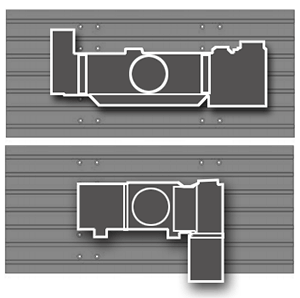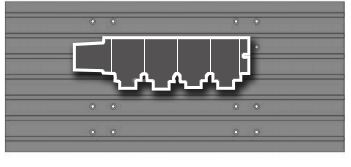Howells Railway Group - Safety Critical Components
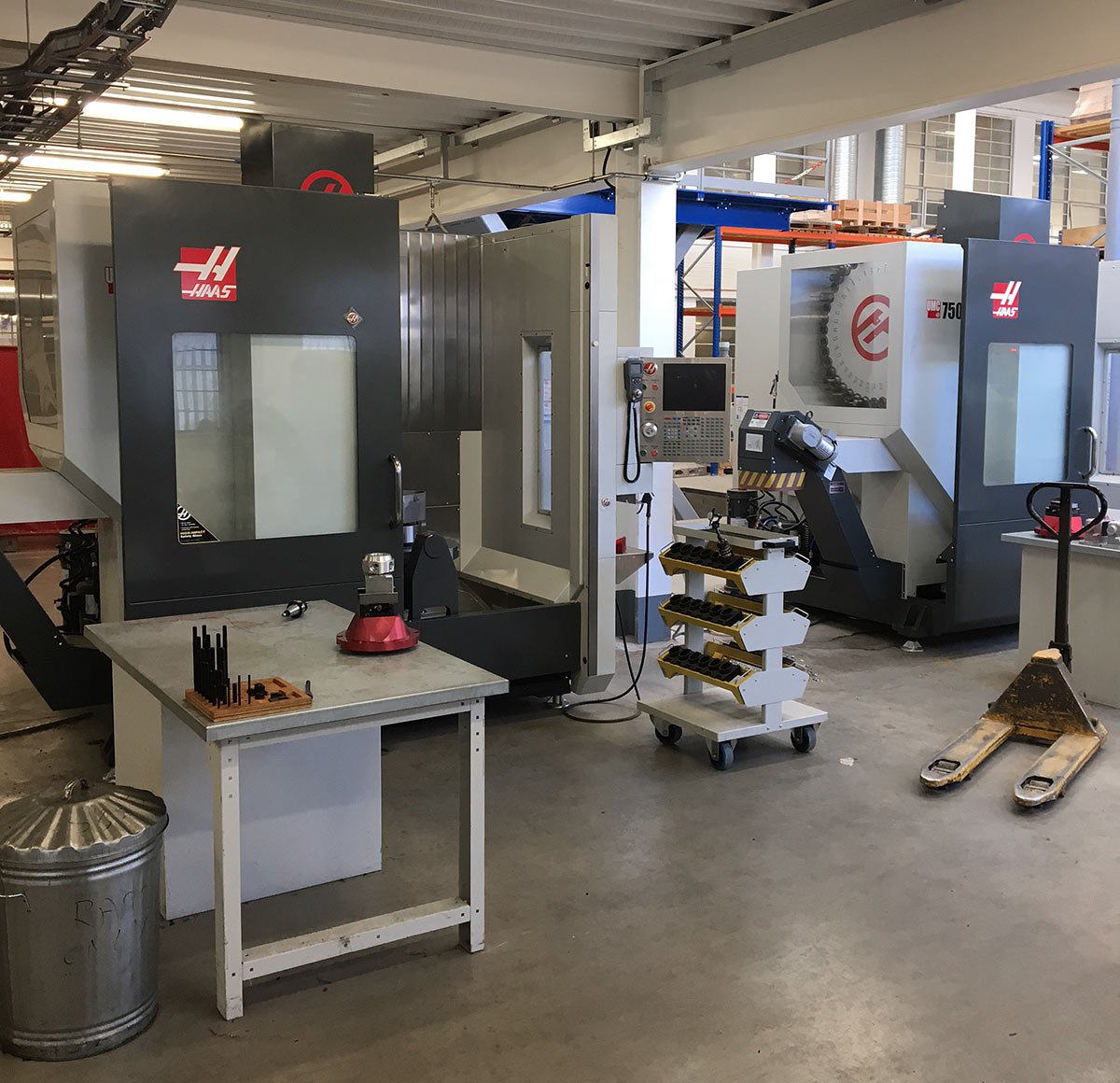
Founded in 1947 Howells Railway Products Ltd remains an independent, family-run firm. All engineering and assembly work is carried out under one roof at their facility in Wythenshawe, Manchester. The company has undergone major expansion necessary to fulfill a contract with Network Rail, as one of its manufacturing partners, including the addition of a 40,000 square foot CNC workshop sympathetically designed to complement their imposing Art Deco building.
The new workshop is filled exclusively with HAAS CNC technology, comprising UMC-750 5-axis machines, vertical machining centres, mini mills, 2-axis and Y-axis turning centres and toolroom lathes, making a total of 26 machines.
David Howells, managing director, explains: “We examined the CNC machine tool market very carefully, and concluded that the HAAS machines offered us the best levels of accuracy and dependability for the right money.
“After seeing them in action at the showroom, including some astonishing cuts being made by an ST-30, we knew HAAS were the right machines for us.
“The first batch of machines was installed in late 2013, then we have continuously expanded our capabilities by investing in more HAAS equipment, including our most recent purchase of two 5-axis machines, one in December 2016 and another in May 2017.
“With the help of the HAAS applications department we’ve tweaked our processes to be as efficient as possible. By changing the order of operations and adjusting certain cycle times we’ve increased machine runtime to its optimum level. One operator can comfortably run three machines, because of the shared HAAS control our operators are equally at home on both the mills and lathes.
“We have great confidence in the HAAS control. In fact, the UMC-750 is supplied as standard with everything you need for full five-axis machining, including some essential macros specifically for the dynamic repositioning of parts.
“Where possible we’ll use multiple fixturing, for example the steel tube part of our stretcher bar assembly (see separate box below) is profiled on one of the TL-3s, then it’s placed in a rotary on the back of the table in one of the VF-4SSs, which is simultaneously used to face and bore the steel forgings that house the motion units.
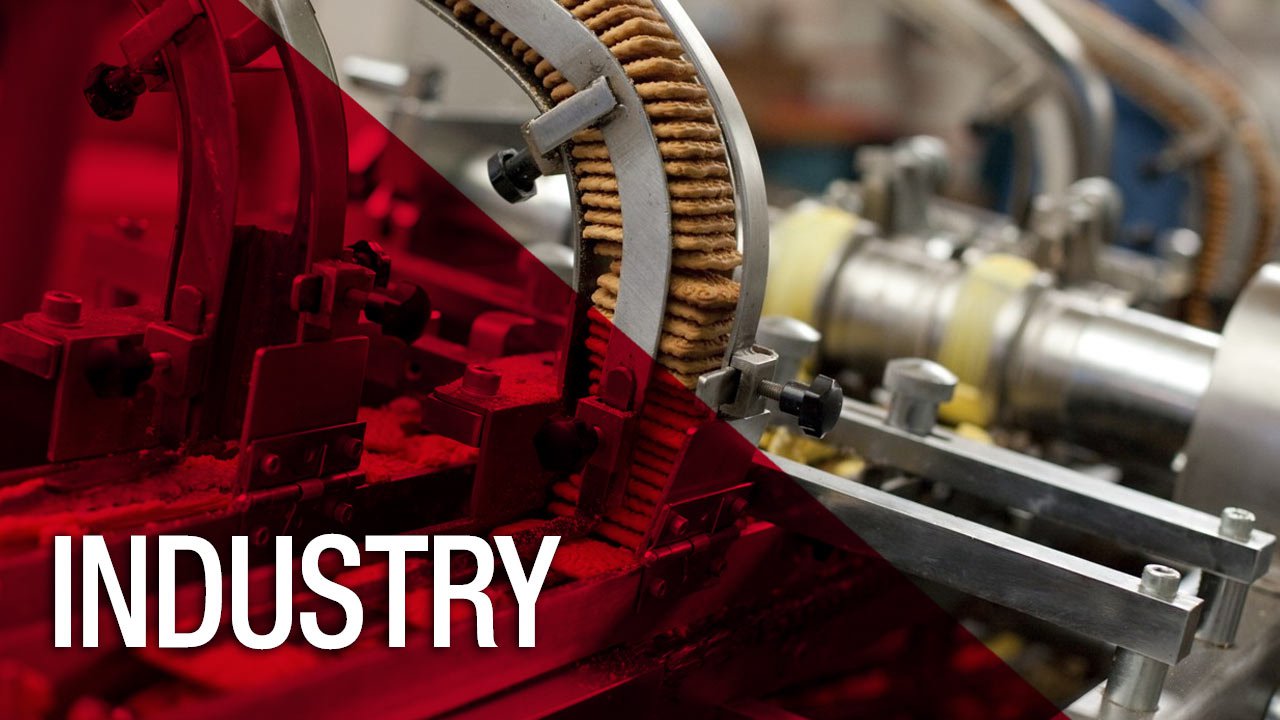
“We’re effectively getting a bonus operation. Travels are very important with these set-ups, that’s where the VF-4SS has been really good. With small work envelopes you’re limited to performing perhaps just one machining operation at a time, or cutting one side of a part. More travel can help you be more efficient by allowing multiple fixtures and operations.
“Most of our VF-4SS verticals are equipped with HAAS rotaries and are used to cut component parts for the motion units; these need to line up when assembled and precision is crucial. We’ve found the rotaries to be extremely accurate; within 0.25° over the dozen or so turns in this final operation.
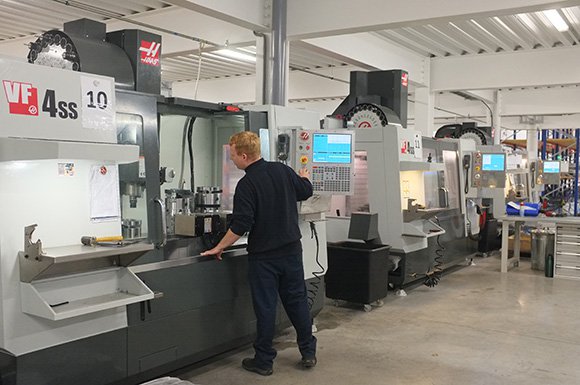
“Apart from the forgings, which we managed to source from a UK company, everything is manufactured in-house. This means we can keep a close eye on quality at every stage. All parts go through numerous safety sign-offs and assembly checks and similarly to aerospace, there’s a double documentation trail to ensure traceability and compliance.
“The two UMC-750s were not purchased as part of our original plan for the machine shop re-fit, however the value and capability offered were simply too good to ignore, so we decided to go the extra mile and future-proof ourselves. We are glad that we did; we have worked with a combination of 3 and 4-axis setups on the existing VMCs, including multiple 4-axis drives on the same machine, but the UMCs gave us fully synchronous 5-axis capability.
“This has proved invaluable to us giving a rapid turnaround for the fixtures used on our new robotic fibre laser welder, along with simplifying some of the longer multiple operation machining on our traditional product lines to single operation. They bring our total Haas machine count to 26 and we are already planning space to accommodate more.”
“It’s an exciting time for us,” David Howells concludes. “We’ve changed more in the last few years than in the previous sixty. As our range of products has become more technologically innovative, so has our approach to their production. Thanks to the HAAS machines and the changes we’ve made as a company, we’re doing things quicker, better and more efficiently whilst also improving quality.”
Stretcher bars, what are they?
Stretcher bars are safety critical components in the design of a set of railway points. They are the bars that keep the switch rails in the correct position under the passage of a train. A stretcher bar holds the two rails a defined distance apart at all times and ensures that both rails move simultaneously as a coupled pair when commanded.
The failure of a stretcher bar can, in extreme circumstances, lead to the derailment of a train, as occurred at Potter’s Bar and Lambrigg. As a result of these incidents, the assembly has been under scrutiny by Network Rail for some time and improved function and reliability was deemed to be of paramount importance.
The tubular stretcher bar is a new design, created by Network Rail as a high-integrity replacement for existing designs on the UK rail network.
The tubular stretcher bar is a cold drawn steel tube, connected to a motion unit at either end.
Each motion unit contains pre-compressed elastomeric components in a forged steel housing, designed to damp the transmission of loads imparted from railway vehicles into the tube.
The stretcher bars have to permit adjustment, so the points can be set up properly and then locked. The new design demands the highest levels of quality and precision, however they are simpler to install, require less maintenance and are designed to withstand the rigours of the 21st century railway.
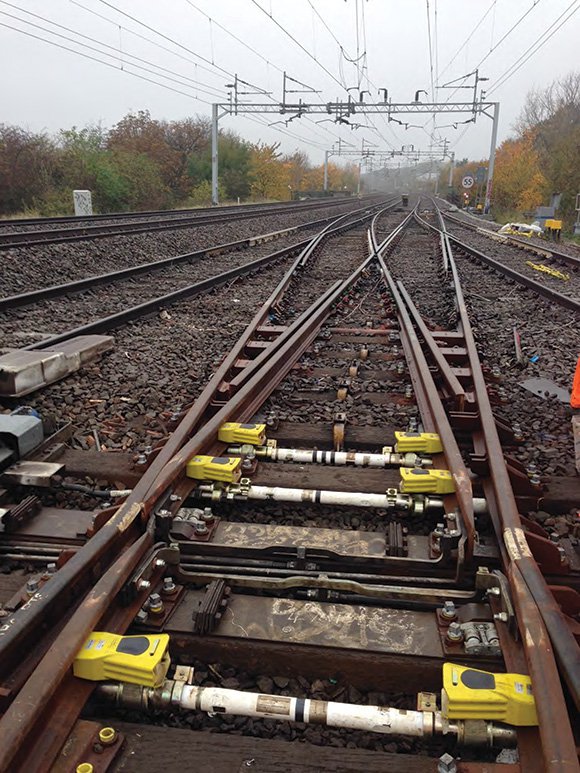
www.howells-railway.co.uk
0161 945 5567
Thanks to the HAAS machines and the changes we’ve made as a company, we’re doing things quicker, better and more efficiently whilst also improving quality.
David Howells, Managing Director


